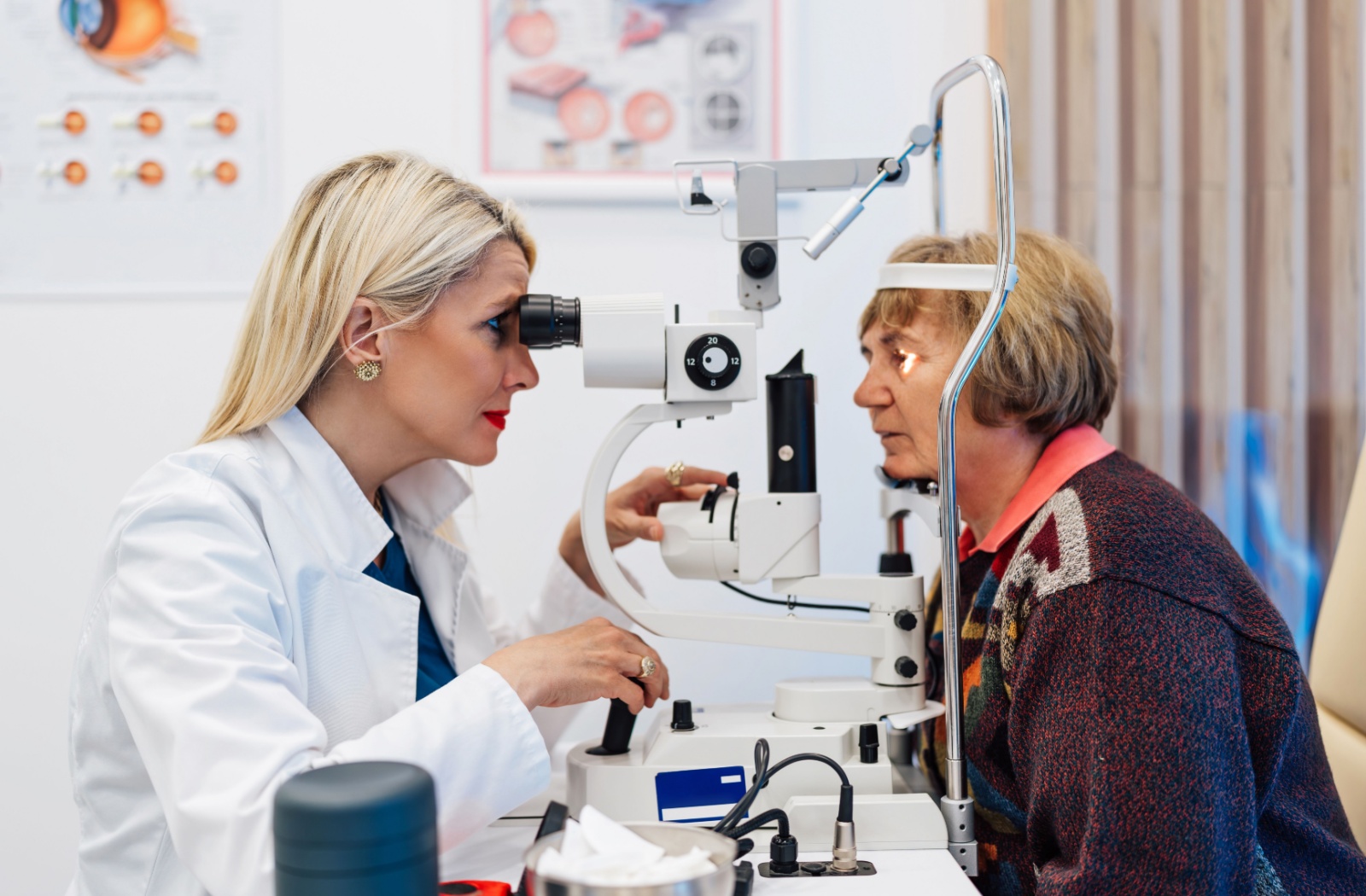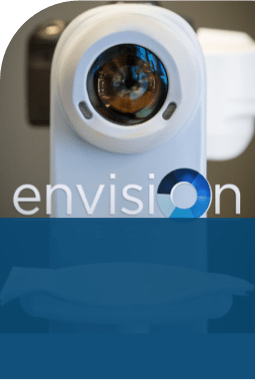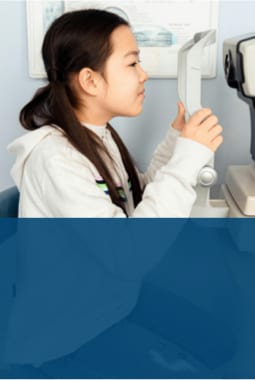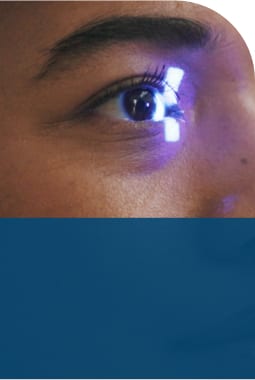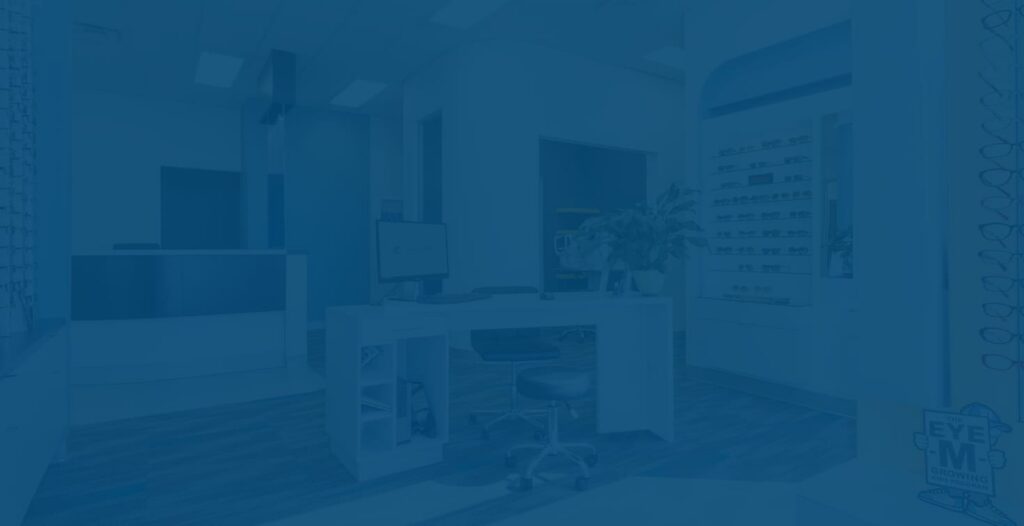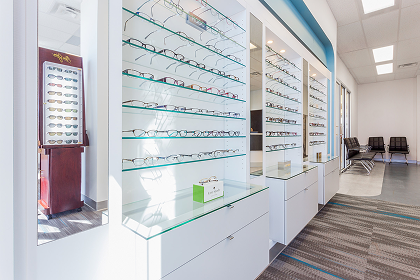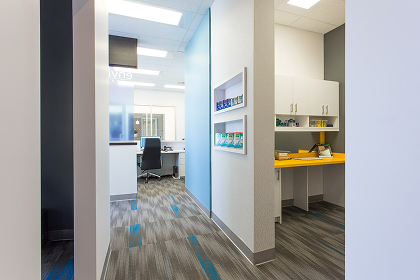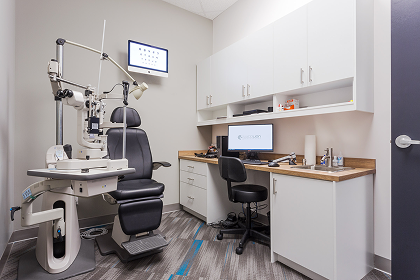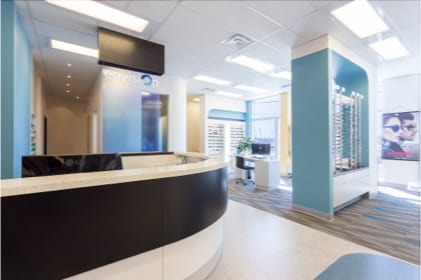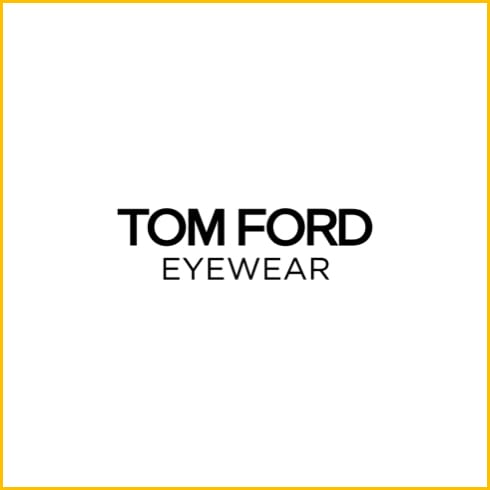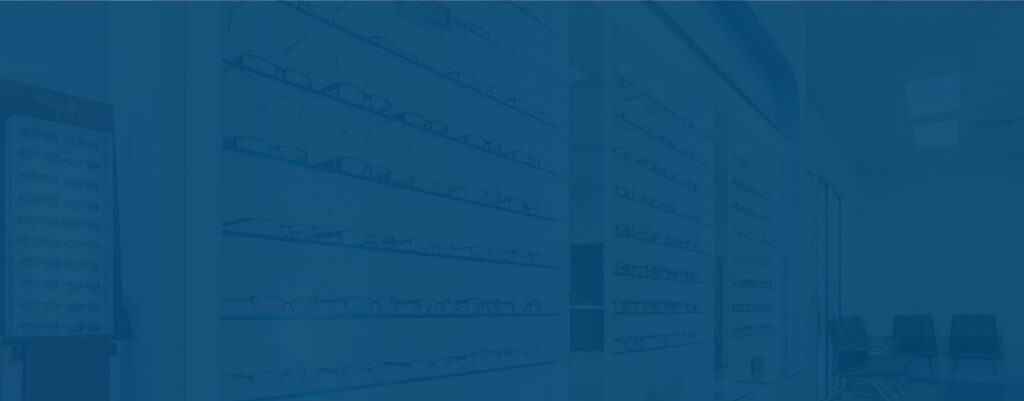Ontario’s public health insurance program, the Ontario Health Insurance Plan (OHIP), provides coverage for certain eye exams depending on a person’s age and medical needs.
OHIP covers annual routine eye exams for residents under 20 and residents 65 and older with qualifying conditions. Seniors without qualifying conditions are covered once every 18 months. Adults aged 20 to 64 are covered only if they have qualifying eye or health conditions.
The scope of coverage is designed to prioritize individuals at higher risk for vision problems, including children, seniors, and patients with specific medical conditions that affect eye health.
What is OHIP Vision Care Coverage?
The Ontario Health Insurance Plan provides selective coverage for eye care services, focusing on essential medical needs and specific age groups. Unlike comprehensive vision insurance plans, OHIP’s eye care benefits target populations most at risk for vision problems or those in critical developmental stages.
Coverage decisions are based on clinical necessity, age-related risk factors, and specific medical conditions. This targeted approach helps allocate resources to those who need them most while maintaining the sustainability of Ontario’s public healthcare system.
For optometrists, this means clearly communicating coverage limitations while emphasizing the value of comprehensive eye care regardless of insurance status.
Who Qualifies for OHIP Eye Exam Coverage?
Children & Teens Under 20
OHIP provides coverage for one routine eye exam annually for patients aged 19 and younger. This coverage recognizes the important role vision plays in childhood development and academic success.
During these formative years, undetected vision problems can impact learning, social development, and participation in sports and activities. Early detection allows for prompt intervention, supporting children’s overall development and helping them thrive in school and beyond.
Adults Aged 20 – 64
For working-age adults, OHIP coverage is limited to medically necessary eye care. Routine eye exams are not covered unless the patient has a qualifying medical condition, including:
- Diabetes and diabetic retinopathy
- Glaucoma
- Cataracts
- Macular degeneration
- Other systemic conditions affecting vision
If your patients have one of these conditions, OHIP covers necessary follow-up examinations and monitoring. This helps patients with these conditions receive appropriate medical attention.
Seniors Aged 65 & Older
Coverage for seniors has recently changed. Seniors with eligible conditions like diabetes, glaucoma, or macular degeneration are covered for one annual routine eye exam. “Healthy seniors” without these conditions qualify for coverage once every 18 months. This acknowledges the increased risk of age-related eye conditions while still ensuring regular monitoring.
What’s Typically Included in OHIP-Covered Examinations
OHIP-covered eye exams might include a range of assessments to evaluate both vision and eye health. Typical components include:
- Visual acuity testing to measure clarity of vision at various distances.
- Refraction assessment to determine the correct prescription for lenses.
- Screening for common eye diseases such as glaucoma, cataracts, and macular degeneration.
- Binocular vision function evaluation to assess how well the eyes work together.
- External and internal examination of eye structures to check for signs of disease or damage.
- Additional testing for qualifying medical conditions such as diabetes or glaucoma, when medically necessary.
This scope of services reflects OHIP’s focus on medically necessary care rather than routine vision correction, helping ensure that essential eye health needs are met for eligible patients.
Services Not Covered by OHIP
Knowing what OHIP does not cover is useful for setting realistic expectations and helping patients explore other options for their eye care needs. Key exclusions include:
- Routine eye exams for healthy adults aged 20 to 64, which must be paid out-of-pocket or covered by private insurance.
- Prescription eyewear, including glasses and contact lenses, even when an eye exam is covered.
- Advanced diagnostic testing such as optical coherence tomography (OCT) or specialized imaging.
- Specialized dry eye treatments, including advanced therapies and procedures, which are generally not included in OHIP benefits.
- Contact lens examinations and fittings, which are not covered by OHIP.
These exclusions underscore the value of investing in additional vision care services that go beyond what OHIP covers. While OHIP provides essential coverage for medically necessary eye care, many important tests—like retinal imaging—are not included. These additional assessments play a key role in maintaining long-term eye health by detecting early signs of conditions such as glaucoma, macular degeneration, or diabetic retinopathy. Even though they’re not covered by OHIP, having these tests performed during your regular eye exam helps your optometrist monitor your eyes more thoroughly and catch potential issues before they become serious.

Why Regular Eye Care is Important
Regular eye examinations are essential for protecting vision and supporting overall health, even when OHIP coverage is not available. Key benefits include:
- Early detection of eye diseases such as glaucoma, diabetic retinopathy, and macular degeneration before significant vision loss occurs.
- Timely intervention and treatment adjustments to slow the progression of eye conditions.
- Insight into overall health through retinal blood vessel changes that may signal hypertension, diabetes, or other systemic issues.
- Preventative monitoring that helps maintain quality of life and independence as patients age.
By emphasizing these benefits, patients can better appreciate the value of regular examinations, regardless of their insurance coverage.
Book Your Eye Exam Today
Understanding OHIP coverage allows you to guide patients effectively while stressing the importance of comprehensive eye care.
Regardless of insurance status, regular examinations are recommended for preserving vision and detecting health problems early. At Envision Eye Care we are committed to helping patients understand their coverage and receive thorough, personalized care. Contact us today to schedule an appointment.


